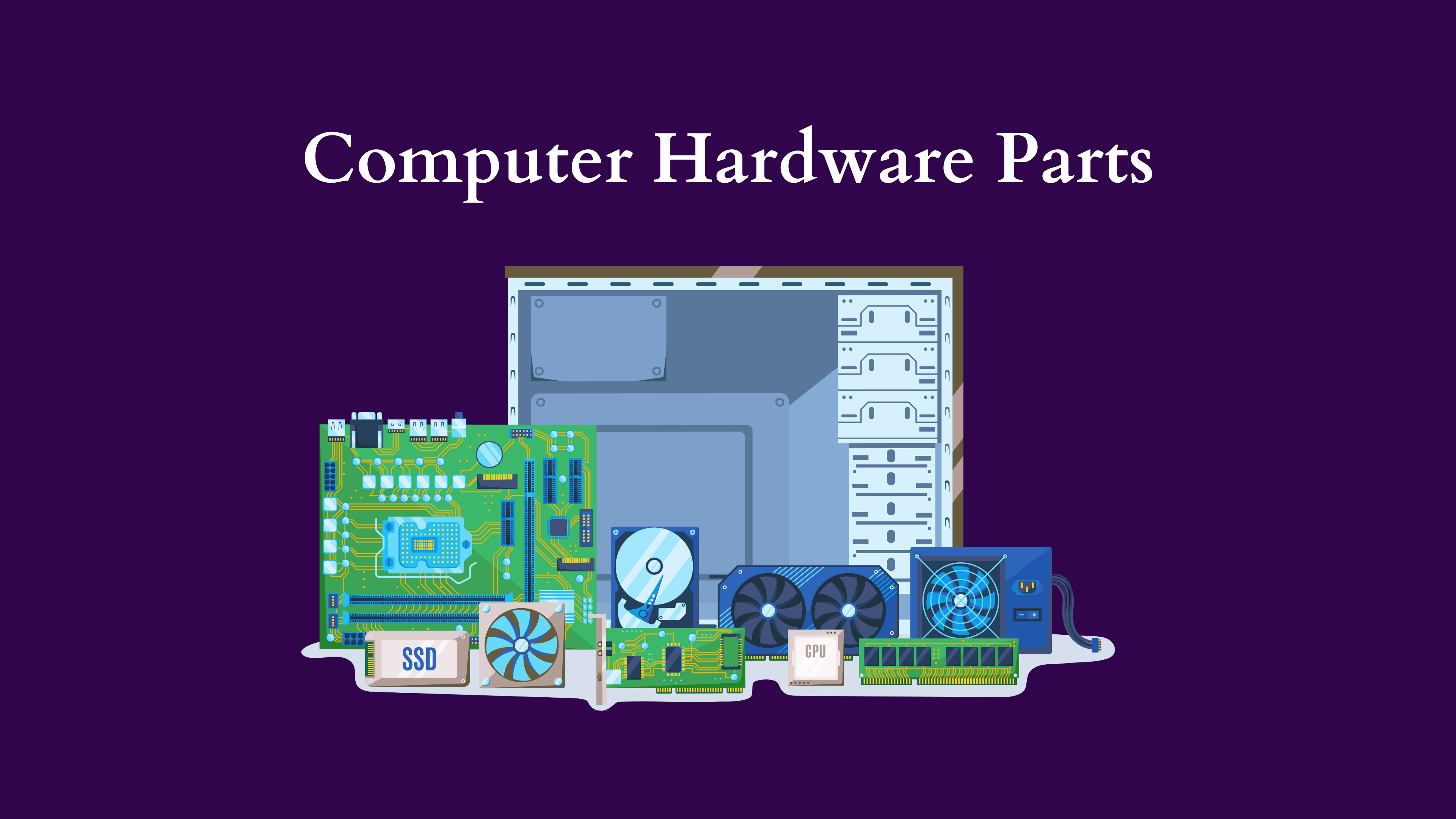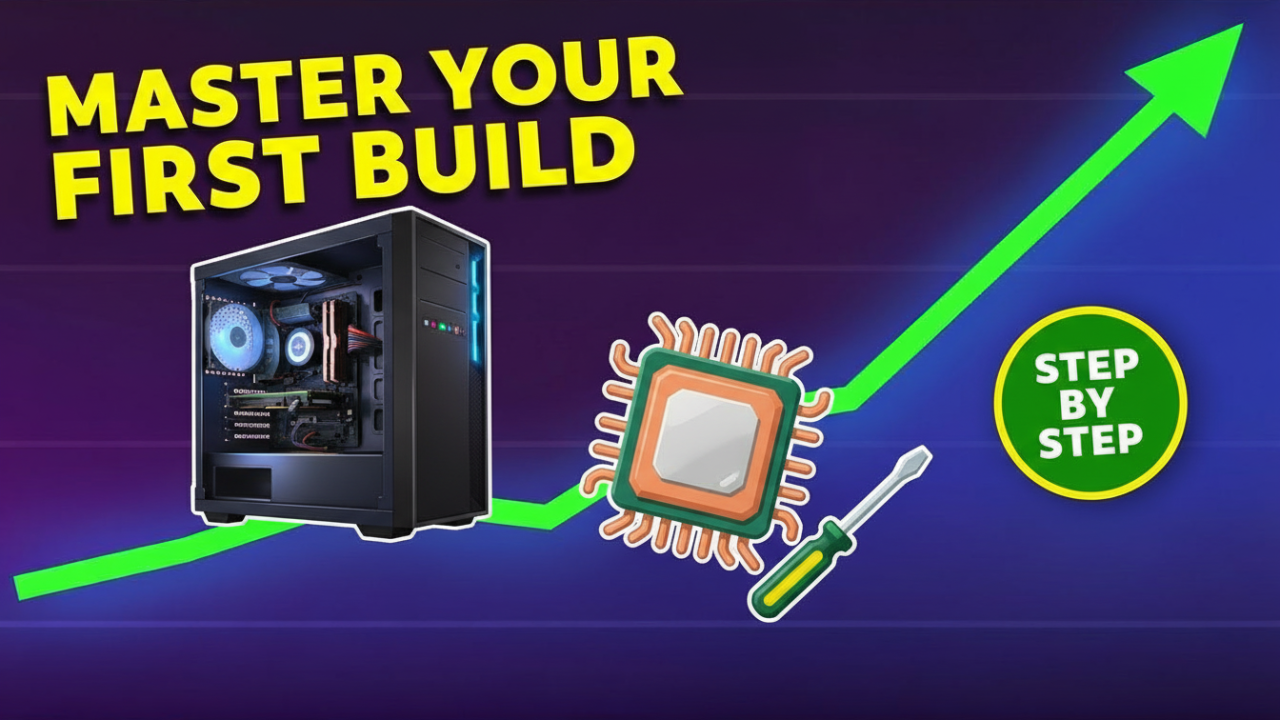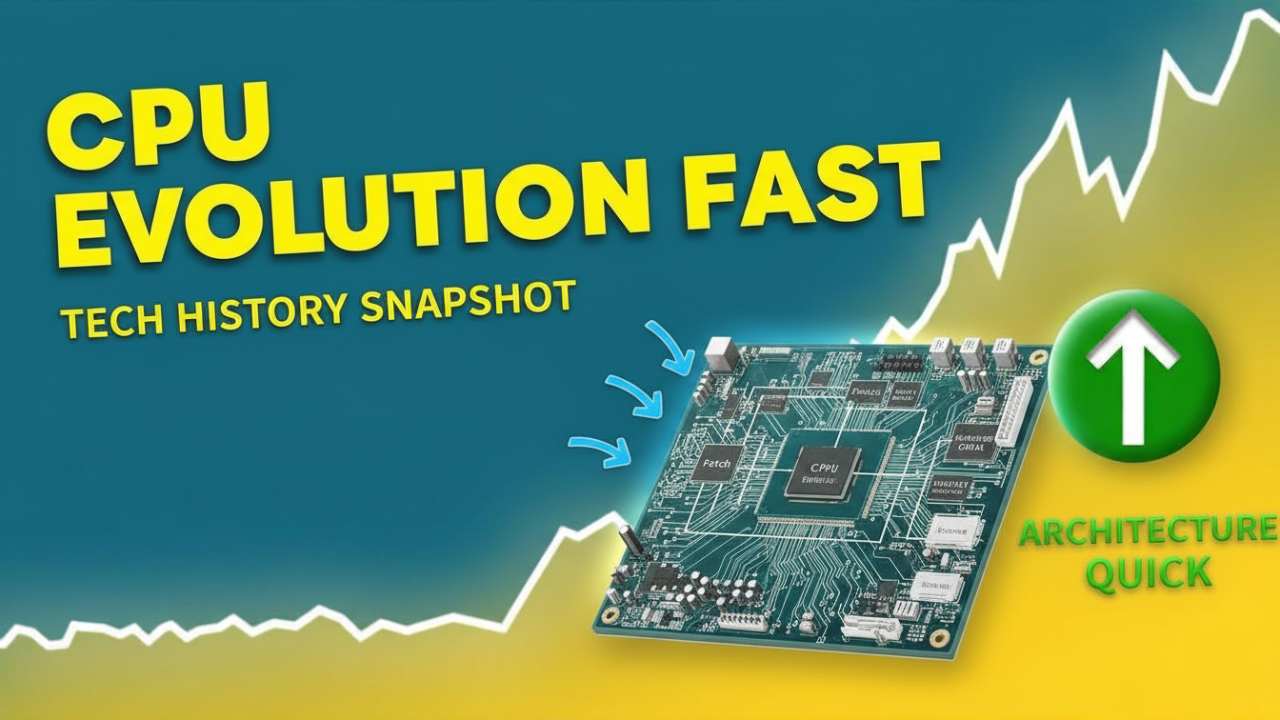Understanding Computer Hardware Parts: The Foundations of Modern Computing
In the ever-evolving landscape of technology, the importance of understanding computer hardware parts cannot be overstated. As we dive deeper into an age of artificial intelligence, cloud computing, and virtual reality, the underlying physical components that comprise computers remain pivotal. Whether you’re an aspiring computer scientist, a tech enthusiast, or a casual user wanting to understand your devices better, it’s crucial to familiarize yourself with the essential parts of computer hardware.

What is Computer Hardware?
Computer hardware refers to the physical components that make up a computer system. Unlike software—which consists of the programs and operating systems that tell the hardware what to do—hardware is tangible. Every action performed by a computer, from booting up to executing complex applications, is facilitated by hardware components. Understanding these components allows us to make informed decisions about upgrades, repairs, and builds.
Core Components of Computer Hardware
- Central Processing Unit (CPU): Often referred to as the “brain” of the computer, the CPU is responsible for executing instructions and processing data. It performs the fundamental arithmetic, logic, control, and input/output operations specified by the instructions from programs. Modern CPUs come with multiple cores, allowing them to perform simultaneous tasks efficiently. The performance of a CPU is typically measured in gigahertz (GHz), indicating how many cycles per second it can execute.
- Motherboard: The motherboard is the main circuit board of a computer. It acts as a hub, connecting the various components and allowing them to communicate. The motherboard houses the CPU, RAM, and expansion slots for additional hardware such as graphic cards and storage devices. The quality and specifications of the motherboard can greatly influence the overall performance and capabilities of a computer.
- Random Access Memory (RAM): RAM is the temporary memory of the computer where data and application instructions are stored for quick access by the CPU. Unlike storage devices, which retain data even when the computer is turned off, RAM is volatile and loses its content when the power is off. The amount of RAM directly affects a computer’s ability to multitask, with typical capacities ranging from 4GB to 64GB or more in high-performance systems.
- Storage Devices: Storage devices are where software and data are permanently stored. There are two primary types of storage devices:
- Hard Disk Drives (HDDs): Traditional HDDs use spinning disks to read and write data. They offer large storage capacities at a lower cost but typically have slower read/write speeds compared to SSDs.
- Solid State Drives (SSDs): SSDs use flash memory to store data, offering significantly faster read/write speeds than HDDs. They are more reliable and consume less power, making them the preferred choice for modern computers.
- Power Supply Unit (PSU): The power supply unit converts electrical power from an outlet into usable power for the internal components of the computer. The PSU is responsible for supplying stable and reliable power to all hardware components, and its quality can directly impact system stability and longevity.
- Graphics Processing Unit (GPU): The GPU, or graphics card, is a specialized processor designed to accelerate graphics rendering. For gamers, designers, and anyone working with visual media, the GPU is integral to performance. While CPUs can handle graphics tasks, dedicated GPUs can perform these tasks more efficiently, making them essential for high-performance computing.
- Cooling Systems: Effective cooling systems are crucial for maintaining optimal performance of computer hardware. As components operate, they generate heat, which must be dissipated to prevent overheating. Cooling solutions can include air cooling (fans and heat sinks) or liquid cooling systems, each with its own advantages in terms of efficiency and noise levels.
- Input and Output Devices: Input devices such as keyboards, mice, and scanners allow users to interact with the computer, while output devices like monitors, printers, and speakers present data to the user. These peripheral components are vital for user interaction and functionality, making them essential to the overall computing experience.
The Evolution of Computer Hardware
Computer hardware has undergone significant transformations since the first electronic computers were built in the mid-20th century. Early computers were enormous, power-hungry machines, often filling entire rooms. Over time, advancements in technology have led to the miniaturization of components, resulting in desktop computers and the portable laptops we know today. The advent of integrated circuits and microprocessors has played a key role in this evolution, allowing for more functionality in smaller form factors.
Future Trends in Computer Hardware
As technology continues to advance, several trends are likely to shape the future of computer hardware:
- Artificial Intelligence (AI) and Machine Learning (ML): Specialized hardware, such as tensor processing units (TPUs) and graphics processing units (GPUs), are increasingly being designed to handle AI workloads efficiently.
- Quantum Computing: Though still in its infancy, quantum computing promises to revolutionize processing power and tackle problems currently beyond the reach of classical computers.
- Edge Computing: As the Internet of Things (IoT) expands, more emphasis will be placed on edge computing, which involves processing data closer to where it is generated rather than relying solely on centralized data centers.
- Energy Efficiency: With increasing awareness of environmental impacts, there is a growing demand for energy-efficient hardware solutions that reduce power consumption without sacrificing performance.
Conclusion
Understanding computer hardware parts provides insight into the inner workings of our digital devices and lays the groundwork for advanced technological knowledge. As we continue to innovate and explore new horizons in computing, familiarity with hardware will empower users and professionals alike to harness technology’s full potential. Whether you seek to build your own system, upgrade an existing one, or simply cultivate a deeper understanding of technology, knowing the roles and functions of various hardware components is invaluable in the digital age.
Shop Now






